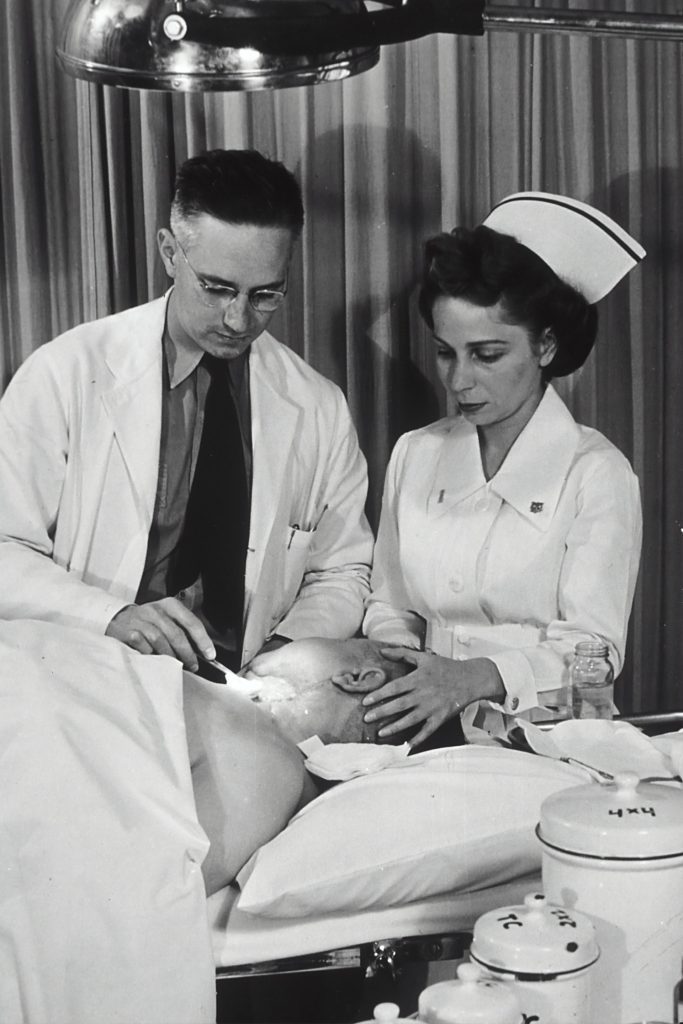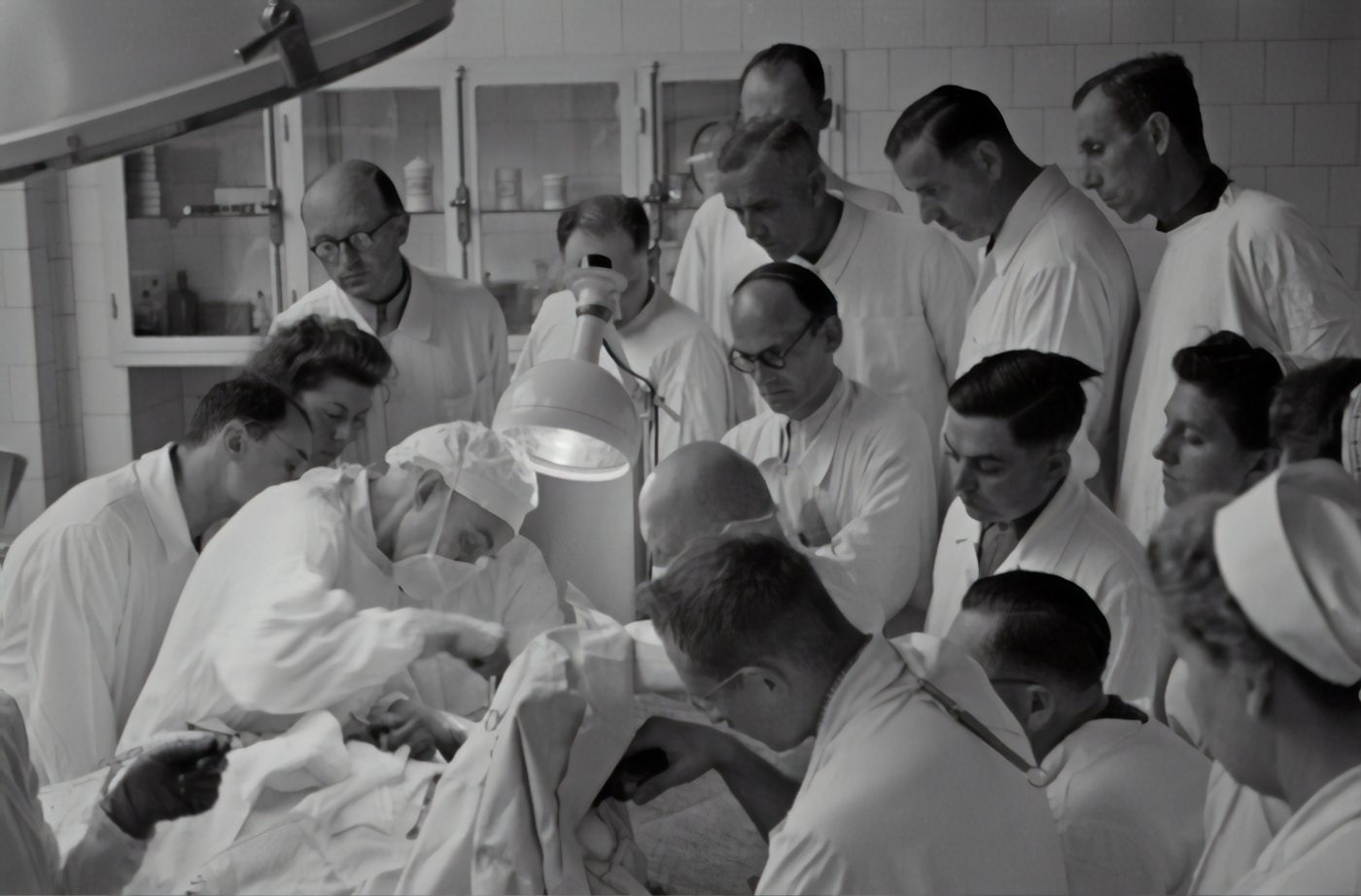Historically, women have been a repressed and underrepresented group. The good news is that with time, things have improved—women have gained the right to vote, gained more equality, and progress is underway. The bad news is that there is still a lot of work to be done. Much of the discrimination women experience nowadays is more discreet and harder to detect than previously. It’s vital to acknowledge that sexism has bled into many aspects of society, including healthcare. So how exactly does this affect women—patients and professionals?
Before stating facts associated with sexism in medicine, disclaimer! It’s important to note that gender is a spectrum. However, historically this has not been widely accepted, so the use of binary terms to reflect the sex that has been assigned at birth and ignoring the role of gender is common in research articles to this day, which is why the terms used here are also binary.
At first glance, there is seemingly not much reason for concern. In the USA, nearly 50% of healthcare professionals, and around 80% of gynecologists or obstetricians are women. Yet significantly fewer women are in positions of authority in medical roles. The reasons for this are mostly to do with familiar issues in feminism. Firstly, the gender pay gap discourages women from pursuing positions in which they will likely be discriminated against. Secondly, a lack of promotion of women in these careers, which also leads to disinterest in such roles. Thirdly, women are discouraged from pursuing a career due to work-life integration. Finally, being discouraged because of a lack of leadership development, because often men are provided with opportunities to improve skills for leadership roles, while women are not.
It has been found that it’s more common for women to have leaders who can ‘make or break’ their careers, which isn’t true for men, whose careers are just ‘made’. There is also the idea that hiring women in mid-level positions is enough. So, although the number of female medical professionals has indeed been rising to equal levels, these numbers don’t reflect the roles of individuals—discrimination is still very present, especially in the USA.


In 2020, a highly regarded academic journal published an article about professionalism in medicine. The authors discussed what they deem unprofessional behavior, by analyzing the social media posts of US American surgical residents. They concluded that residents posting pictures of themselves posing in bikinis on their personal social media accounts is unprofessional. Alluding to the fact that women are more unprofessional than men because women are generally the ones wearing bikinis. Male residents in swimsuits were not discussed. This article was later retracted, which shows an awareness of the lack of integrity. But again, this truly reflects that yes, there seems to be some equality in numbers between male and female professionals in medicine, but still, there is persistent inequality in their treatment.
It’s not just professionals that are affected by inequality, it’s also patients. Historically, women’s behavioural problems have almost exclusively been treated via gynaecological surgery, not treated by regular physicians or therapists. The idea was that reproductive organs dominated women’s bodies completely. The same notion was never applied to men’s bodies, so men received adequate and impactful healthcare. A strange dynamic developed. Doctors were trained to view female patients as hysterical beings dominated by their emotions, with boring illnesses. Women were trained to receive passive care. The relationship between doctor and patient was dependent, vulnerable, and uneasy, the decision-making power solely in the hands of the doctor.
That was back then in the 19th century, but what about now? In 2001 a study found that “women are more likely to be given sedatives for their pain and men given pain medication, and concluded that women were more likely to be inadequately treated by healthcare providers.” The notion that women are hysterical and that men are stoic patients has persisted.
A huge feat in medicine, related to women’s rights was access to birth control and contraceptives. It allowed more women to receive a higher education and independently figure out their career paths. Now, the role of birth control is one of the main drivers of equality worldwide. But for many, it no longer represents freedom and progress. Instead, it is often seen as a symbol of inequality. There are almost no reliable contraceptives available for men. The development of contraceptive methods is simply unfair—many trials aimed at cisgender men have been shut down due to the side effects that have been reported. The very same side effects that cisgender women on hormonal contraception have been experiencing for over half a century. Is that fair?
A documented 190 million women are experiencing endometriosis worldwide. On average, affected women must suffer incredible pain for ten years until the diagnosis of endometriosis is made. Online discourses about patient diagnosis of endometriosis have been analyzed and the results are shocking. Women’s symptoms are often dismissed because they are allegedly imagined. Symptoms are justified by saying that a woman’s life is suffering that must be endured with no help. This shows a lack of awareness of the condition and leaves many women undiagnosed. When endometriosis is finally diagnosed, the treatments are often not efficient enough. Instead of treating the root of the problem, patients are simply given oral contraception tablets for pain management. This treatment is problematic because it impedes many women with endometriosis to have children. They must choose between a painless life and the opportunity to bear children. It is a symptom of the persistent gender inequality in medicine that endometriosis—a disorder as common as diabetes, but only present in women—is decades behind in medical treatments and innovation. Emily Roberts puts it very fittingly: “If men suffered from endometriosis, it definitely wouldn’t take up to a decade to diagnose”.
These facts mostly represent the situation in the USA. Are things better in other countries? In Germany, more than half of those studying medicine are women, but “men still dominate the profession with their presence and ideology thus making it logistically difficult for female counterparts to thrive”. Research from 2021 shows that “91% of women doctors in the UK have experienced sexism at work with 42% feeling they could not report it”. Concerning patient care, in Poland, men receive better treatment and access health care more easily than women. It’s outrageous that “across Europe, women are expected to live a smaller proportion of their years in good health than men”. When it comes to endometriosis, the average waiting time for diagnosis is 10 years in Austria and Germany and 8 years in the UK. Things are not much better in Europe, gender bias is very present. Affecting women who work in medicine, and those who seek medical care. This is a reminder that although we have come a long way in feminism, there are many discreet ways that sexism affects many women every day.
By Annele Anna Baltmane
November 18, 2023








